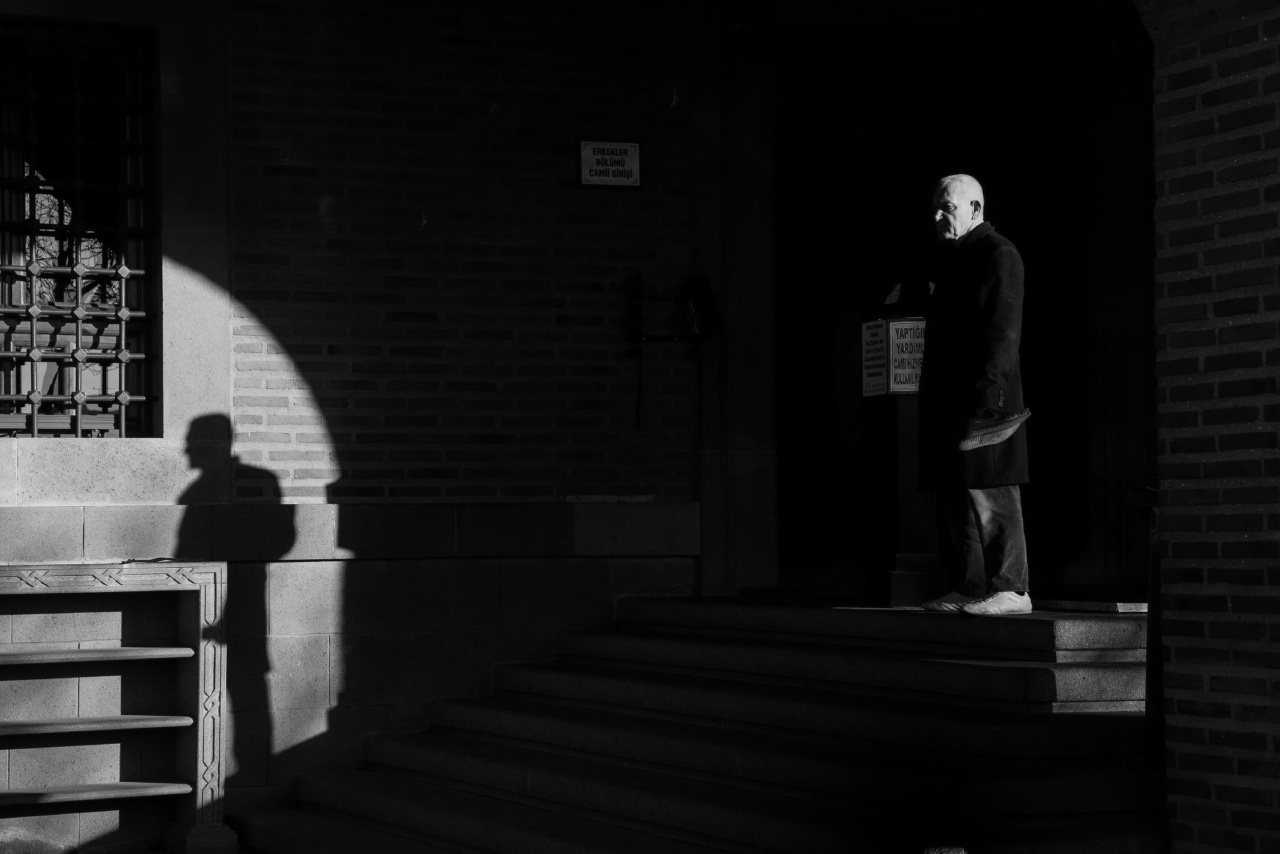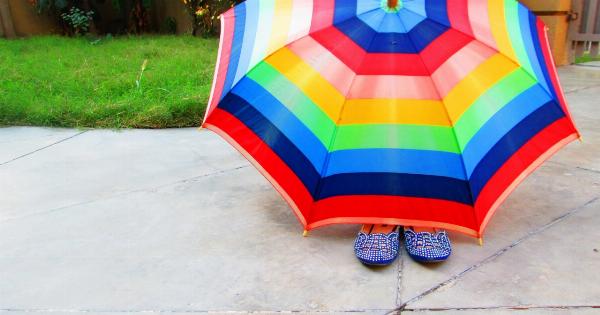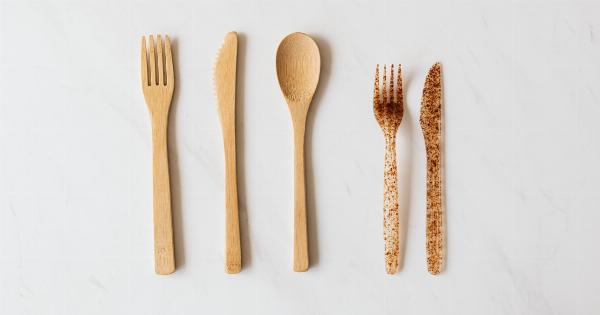Many people believe that spending time in the shade protects them from the harmful effects of the sun’s ultraviolet (UV) rays. While shade does offer some protection, it’s important to remember that not all shady areas are created equal.
In fact, some types of shade can offer very little protection from the sun’s harmful rays.
Understanding UV Radiation
Before diving into the different types of shade, it’s important to understand the nature of UV radiation. UV radiation is a type of energy that comes from the sun. There are three types of UV radiation: UVA, UVB, and UVC.
UVC is absorbed by the ozone layer and does not reach the earth’s surface. UVA and UVB, on the other hand, can cause damage to skin cells, leading to premature aging, sunburn, and even skin cancer.
The Different Types of Shade
There are three main types of shade: natural, artificial, and clothing.
Natural Shade
Natural shade comes from trees, buildings, and other structures that block the sun’s rays.
While natural shade does offer some protection, it’s important to keep in mind that the amount of protection can vary depending on the type of natural shade. For example, a tree with a dense canopy will provide more shade than a tree with a sparse canopy.
Artificial Shade
Artificial shade comes from man-made structures like umbrellas, canopies, and awnings. While artificial shade can be effective, it’s important to remember that not all materials are created equal.
Some materials, like cotton canvas, provide very little protection from the sun’s harmful rays. Other materials, like UV-protective fabrics, can provide much more protection.
Clothing
Clothing can also provide shade and protection from the sun’s harmful rays. However, not all clothing is created equal. Light-colored clothing made from thin, loosely woven fabrics provides less protection than dark-colored, tightly woven fabrics.
Additionally, wet clothing provides less protection than dry clothing.
The Importance of Sun Protection
Regardless of the type of shade you’re in, it’s important to remember that UV radiation can still penetrate through and reach your skin. This is why it’s so important to practice good sun protection habits.
Use Sunscreen
Sunscreen should be your first line of defense against UV radiation. When choosing a sunscreen, look for one that offers broad-spectrum protection, which means it protects against both UVA and UVB radiation.
Additionally, choose a sunscreen with an SPF of at least 30, and make sure to reapply it every two hours, or more often if you’re sweating or swimming.
Wear Protective Clothing
In addition to sunscreen, wearing protective clothing can also help protect your skin from UV radiation. Look for clothing that covers as much skin as possible, and choose fabrics that offer UV protection.
Some clothing is treated with a UV-blocking chemical for added protection.
Avoid Peak Sun Hours
The sun’s rays are strongest between the hours of 10am and 4pm. Whenever possible, try to stay out of the sun during these hours. If you must be outside, seek out shade and wear protective clothing and sunscreen.
Wear Sunglasses
Your eyes can also be damaged by UV radiation, so it’s important to wear sunglasses that offer UV protection when you’re outside.
Look for sunglasses that block 100% of UVA and UVB radiation, and make sure they fit well so that they don’t slide down your nose.
Conclusion
While shade can offer some protection from the sun’s harmful rays, it’s important to remember that not all shady areas are created equal.
To protect your skin from UV radiation, practice good sun protection habits, including using sunscreen, wearing protective clothing, avoiding peak sun hours, and wearing sunglasses.


























